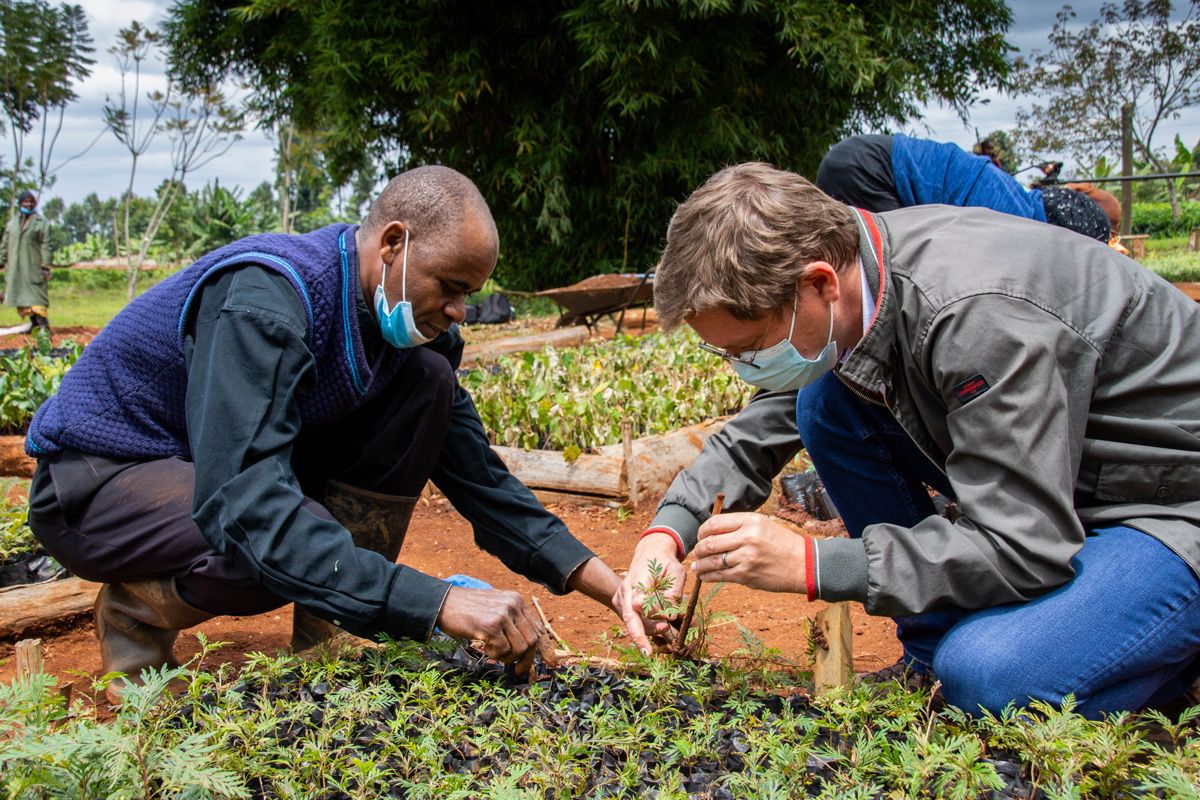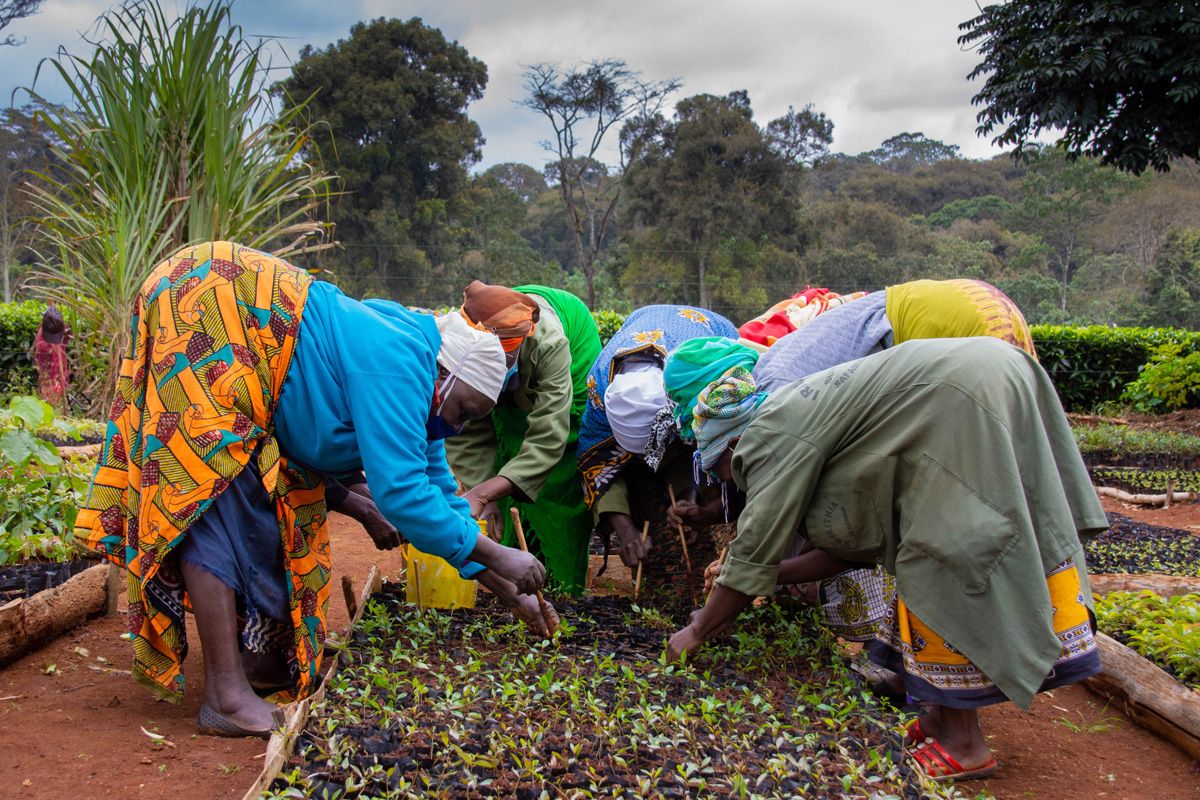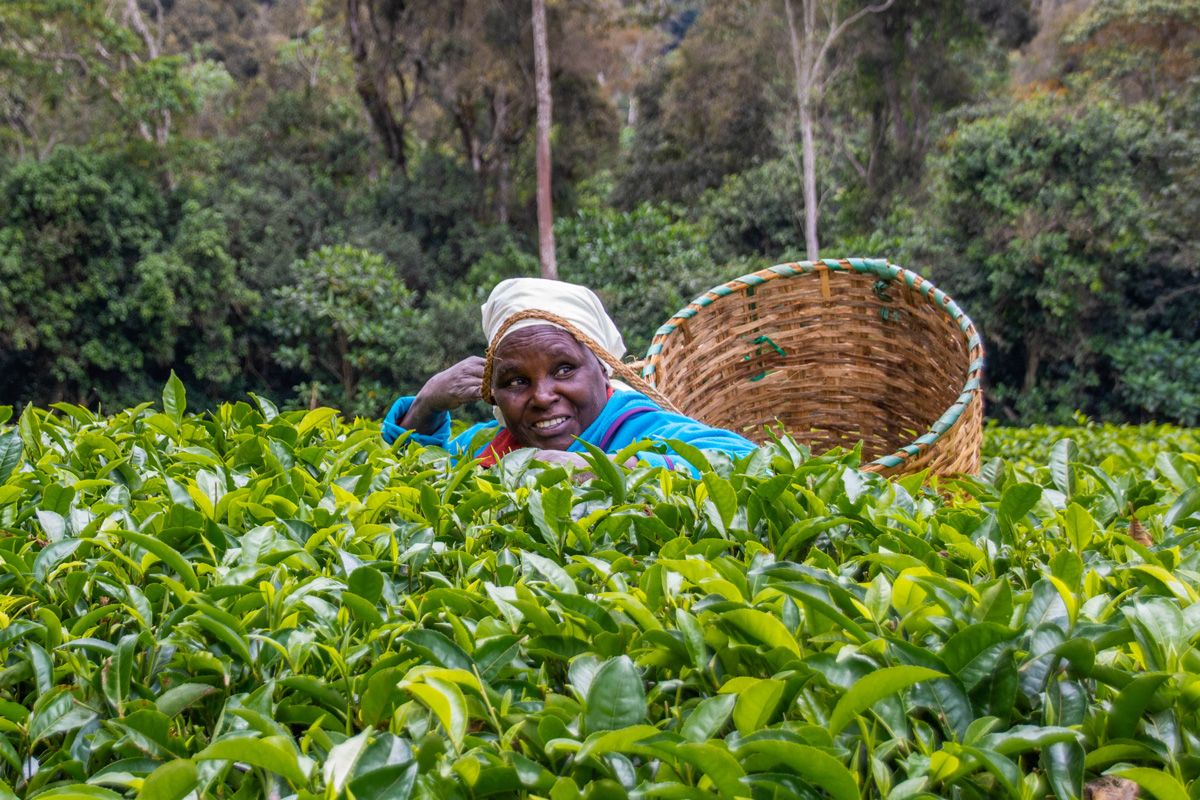End of July 2021, we went to Kenya to monitor our reforestation project. We met our local partner, Trees for Kenya, in order to measure the impact of the project on the local populations and the environment, which will help us maintain the development of our action in the years to come.
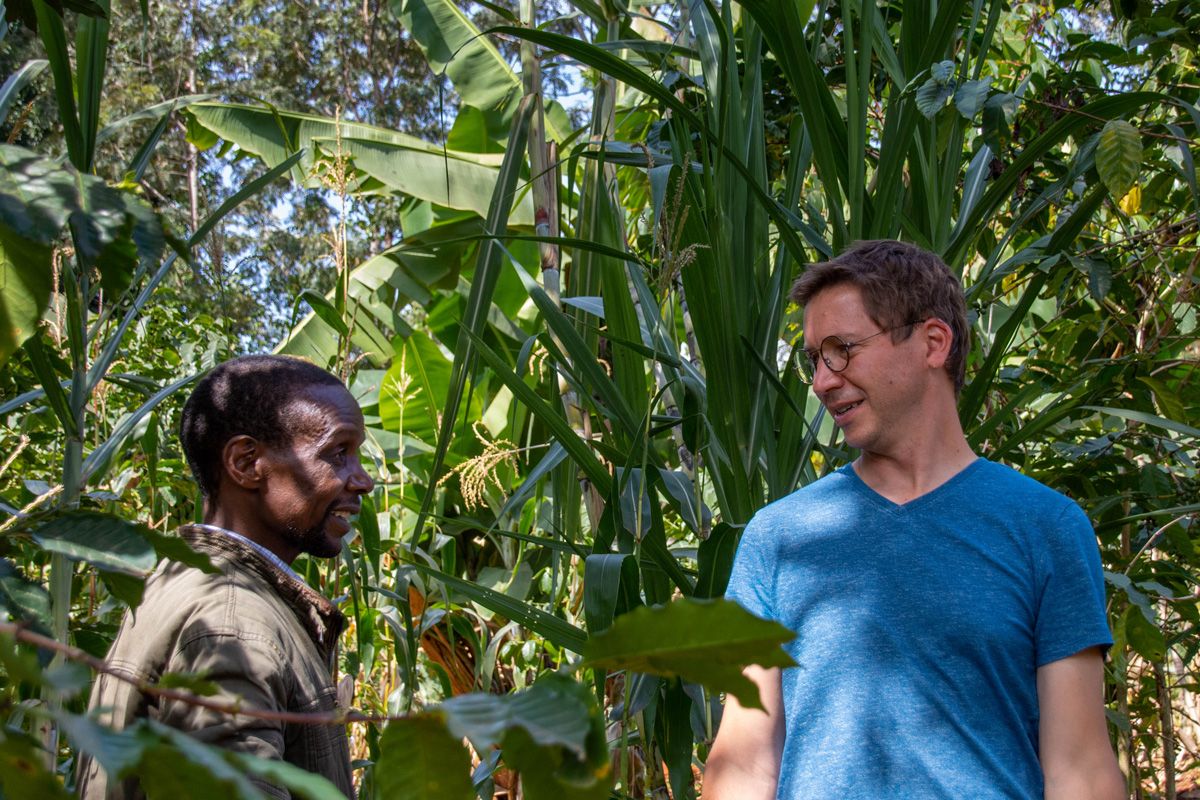
Meeting our local partner
When we reached the Embu county, located north-east of Nairobi, the atmosphere was wet and cool. Away from the Masaï savannah dry and flat landscapes, the Trees for Kenya team welcomed us under a rich and colorful forest cover. Founded in 2012, this organization composed of 8 permanent members looks after the nurseries, identifies planting areas and supervises agroforestry plantings on the land of private owners as well as within schools. Since its creation, it helped plant 350.000 trees and after the beginning of its partnership with Reforest’Action, the rise of demands was exponential, jumping from 80.000 to 410.000 in one year. During his trip, Stephane Hallaire followed the evolution of this project that is instrumental to the reforestation of the Mount Kenya, to the improvement of the farmers’ living conditions and the rise of awareness of the schoolchildren. Paulino, leader of Trees for Kenya and David, project manager, took us to visit the farmers who are involved in the implementation of agroforestry.
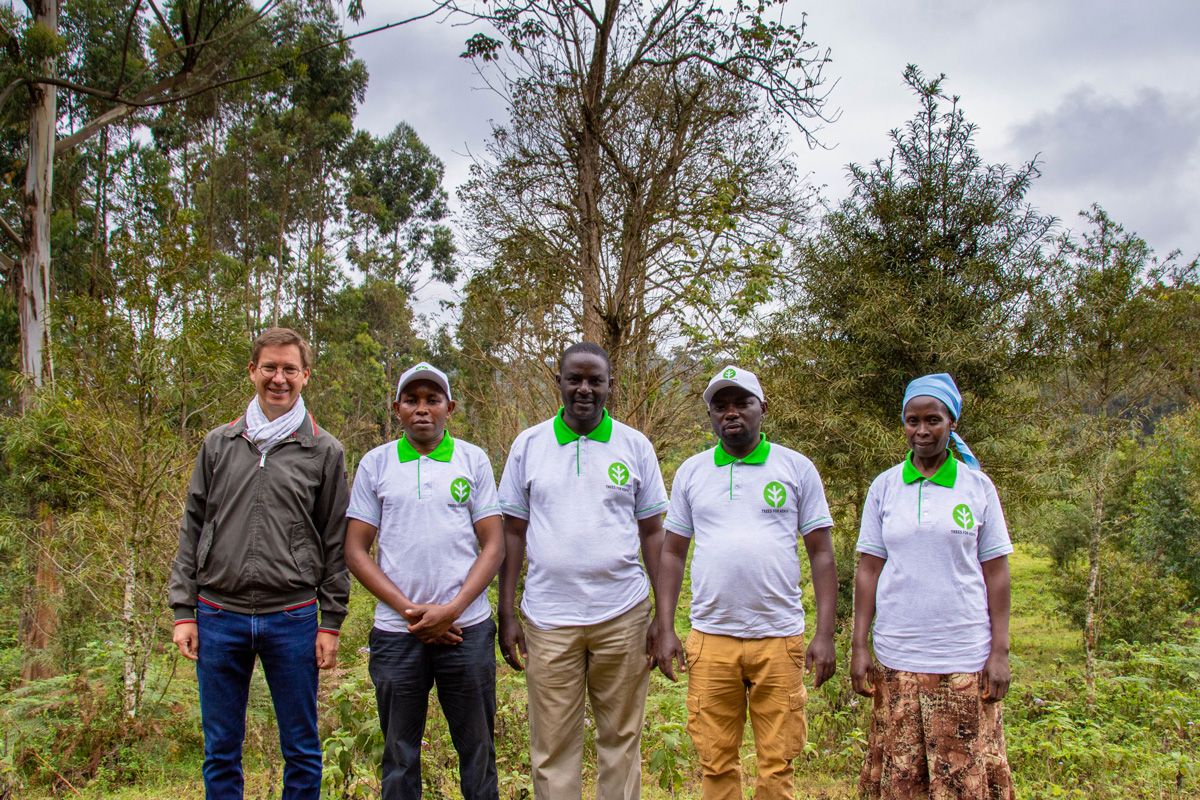
Raising the population’s awareness on reforestation through agroforestry
A short car ride gave us a chance to see the surrounding tea and coffee plantings. However, Paulino explains us that farmers can’t afford to buy what they produce: producing, harvesting and selling their tea and coffee to big companies does not bring enough money for them to afford a cup of this precious coffee. In this context, the agroforestry model appears as a social as well as an environmental solution. Most farmers own 1 or 2 plots of land. 75 % of their land is generally dedicated to the production intended for sale when only 25% is for their daily use. With almost 400 trees per hectare, agroforestry helps them limit the erosion of the soil, retaining water flow, reducing wind speed but also producing their own fodder and fruits. The selection of species is a key element to the success of this approach: « I plant avocado trees because they give more fruits than banana trees », explains Anderson Nyaga, one of the farmers involved in this project of agroforestry.
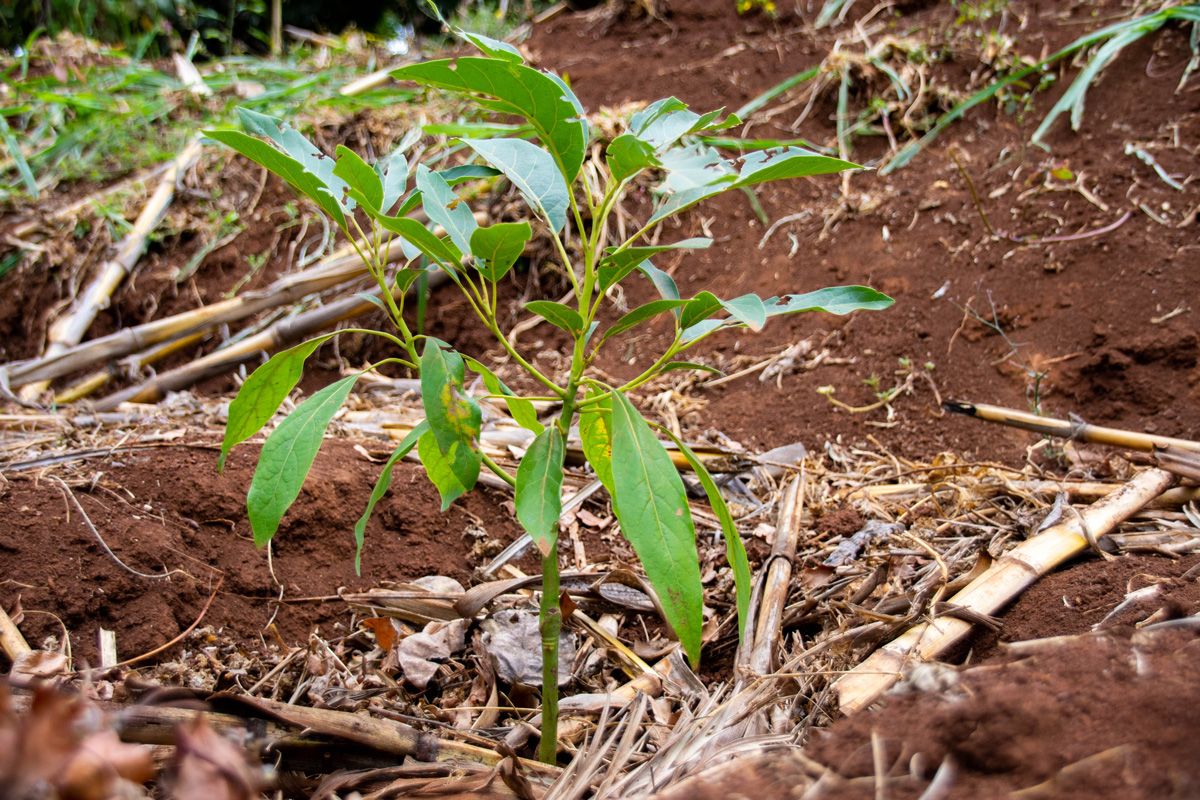
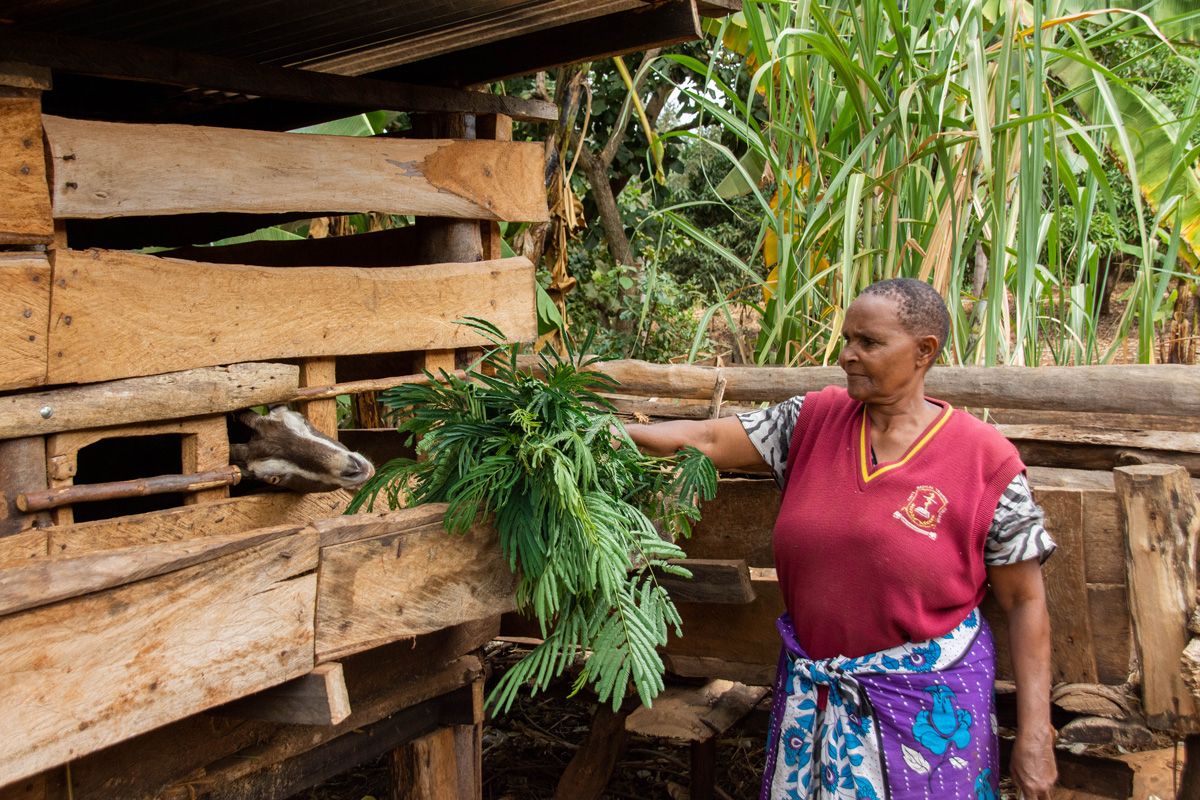
Trees For Kenya provides farmers with varied species: avocado trees (that bear many fruits), calliandras (that produce fodder for the livestock) and other fruit species are favoured by farmers. Besides, David, whose family has been growing trees for generations, give us the best passion fruit we ever had to taste. One of his hand showing the trees planted and the other explaining how planting trees has been a family tradition for years, he takes us to a beautiful tree that was planted by his father, 50 years ago. He is also the first to mention the importance of Wangari Maathai, “the woman who planted trees”, the first African woman to have received a Peace Nobel Price for her commitment in favour of sustainable development and her opposition to deforestation in Kenya. Mentioning her name brings us back, for a short moment, to our office, located in Rueil-Malmaison near Paris, where her picture hangs proudly. It also reminds us of the necessity to transmit and extend the practice of agroforestry throughout communities of farmers and supporting their commitment.
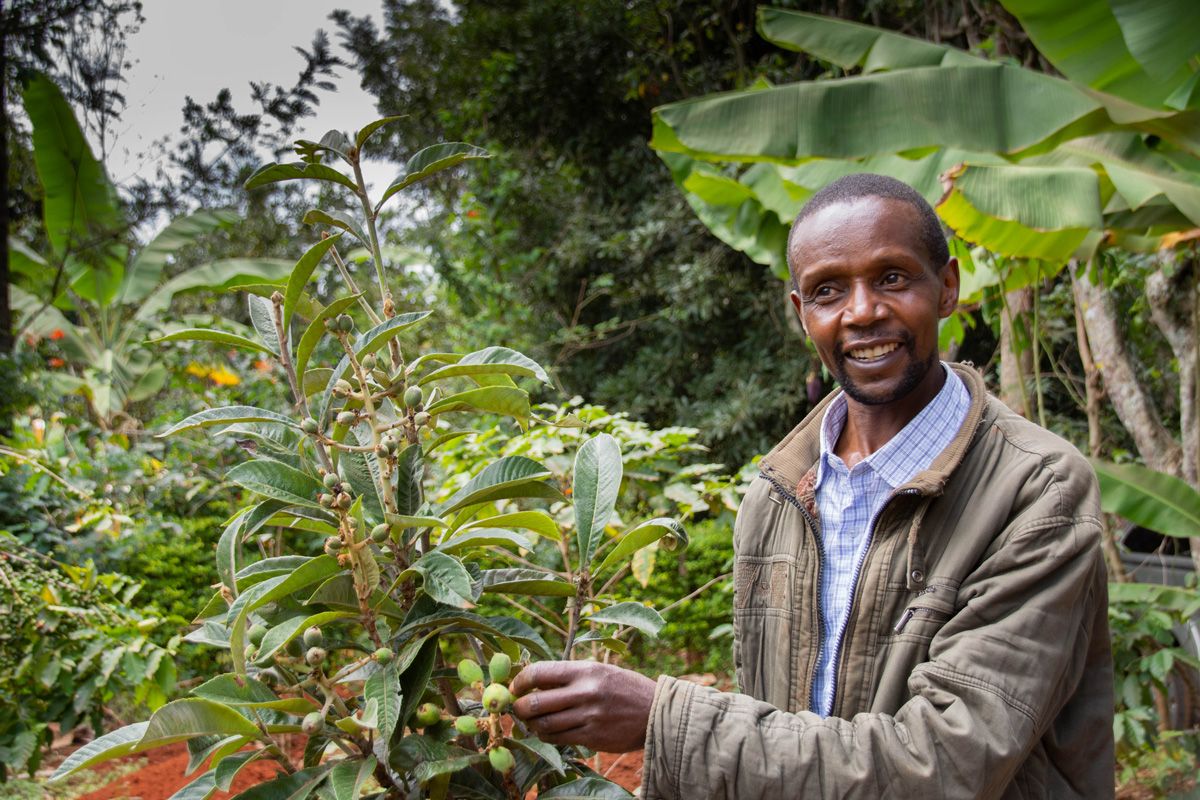
In that respect, Trees for Kenya implemented a “leading farmer” system: a community of farmers whose role is not only to plant trees on their own private land but also to unite other farmers among them, supporting them and being an intermediary between the organization and the farmers. Today, 20 people play this role, each supervising a team of 25 farmers.
Raising the future generations’ awareness
The « leading farmers » play a crucial part in terms of transmission and education. Their role is all the more important that they help increase the number of reforestation actors. They also contribute to raising the new generations’ awareness on the issue of global reforestation. That’s why a part of our project in Kenya takes place in a primary and elementary school. Joyce, director of the Kind Shepherd School and Moses and agriculture teacher, welcome us. She tells us about the benefits of tree planting in her school, insisting on the practical changes it has fostered. “The presence of trees makes the school more beautiful and attractive. It has completely changed the face of the premises, in addition to the positive impact it has brought on the environment.”
Schoolchildren are also eager to talk about the benefits generated by trees. Moreover, many of them tell us that after they started planting trees in their school, they encouraged their parents to repeat the experience at home. They are curious and cheerful about the project, asking Stephane many questions and sharing their feelings on the change trees have brought to their everyday life. In the region, the heat is demanding, for people as well as for the environment and the cultures. The trees provide freshness et retain water. Under the refreshing shade of one of them, we resume our chat on what trees have brought the children, before leaving them reluctantly.
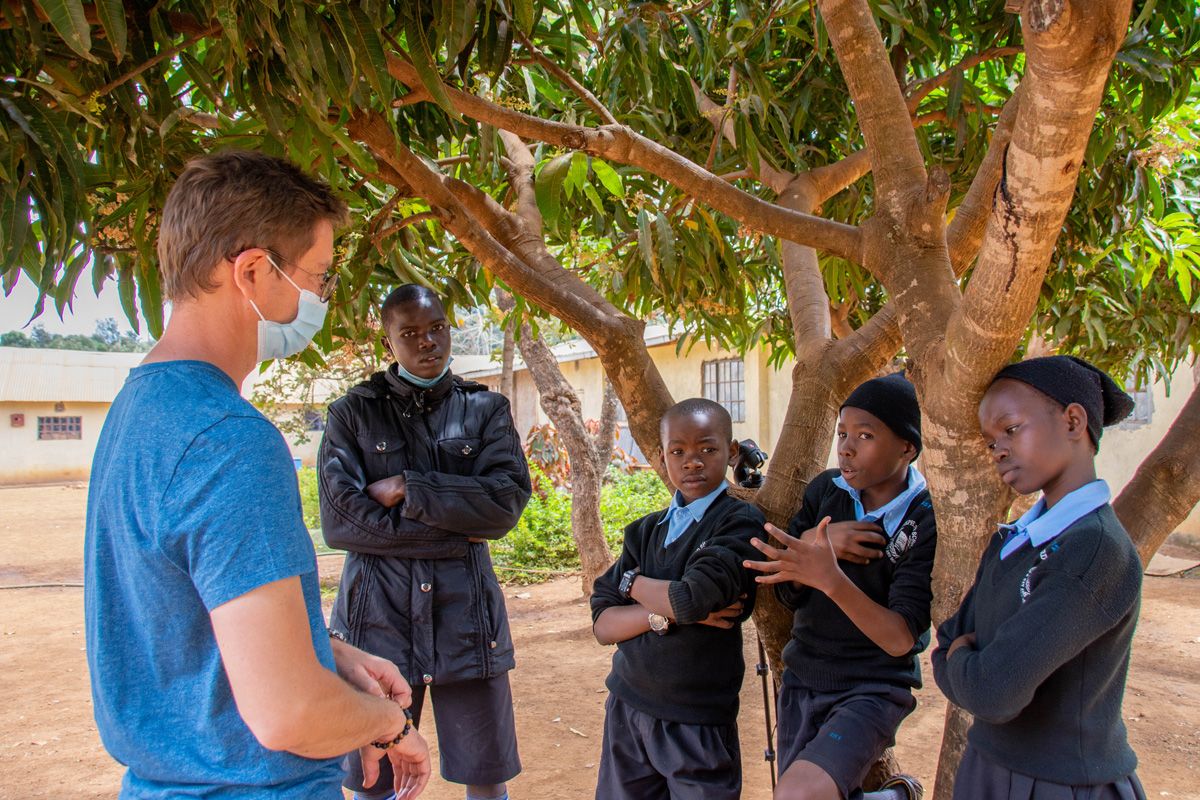
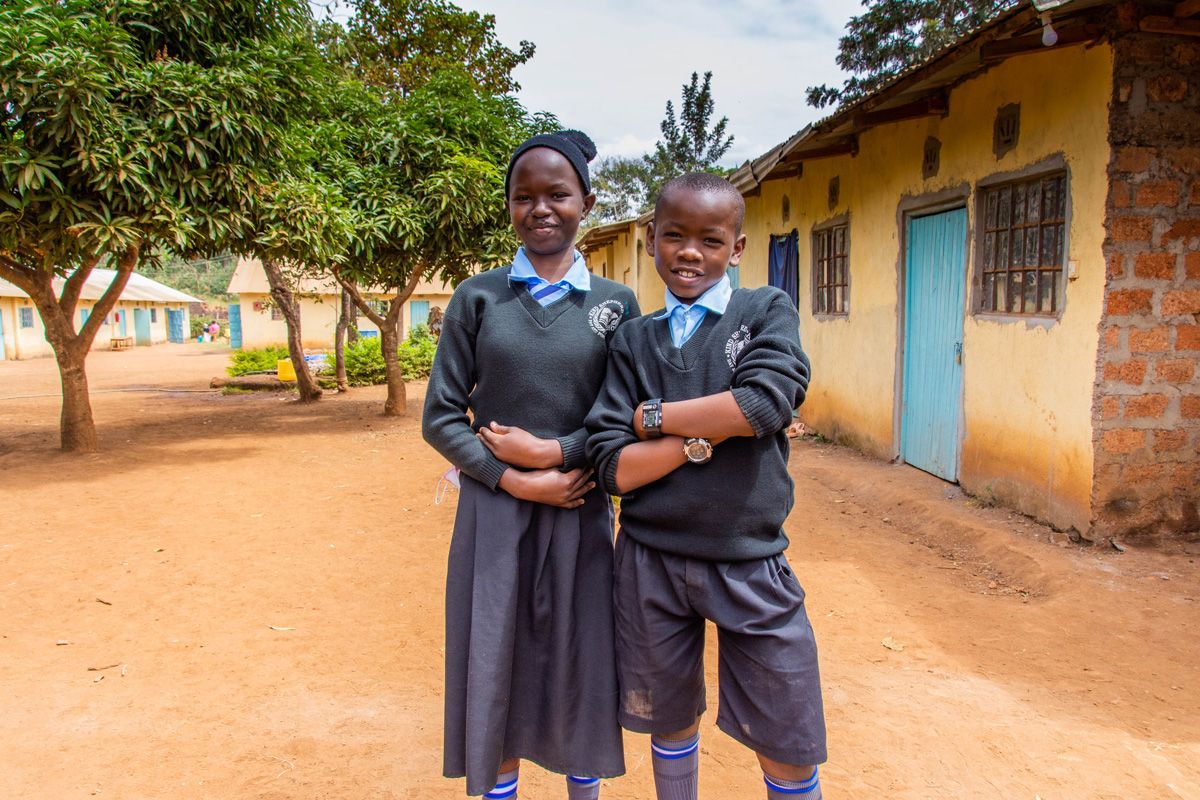
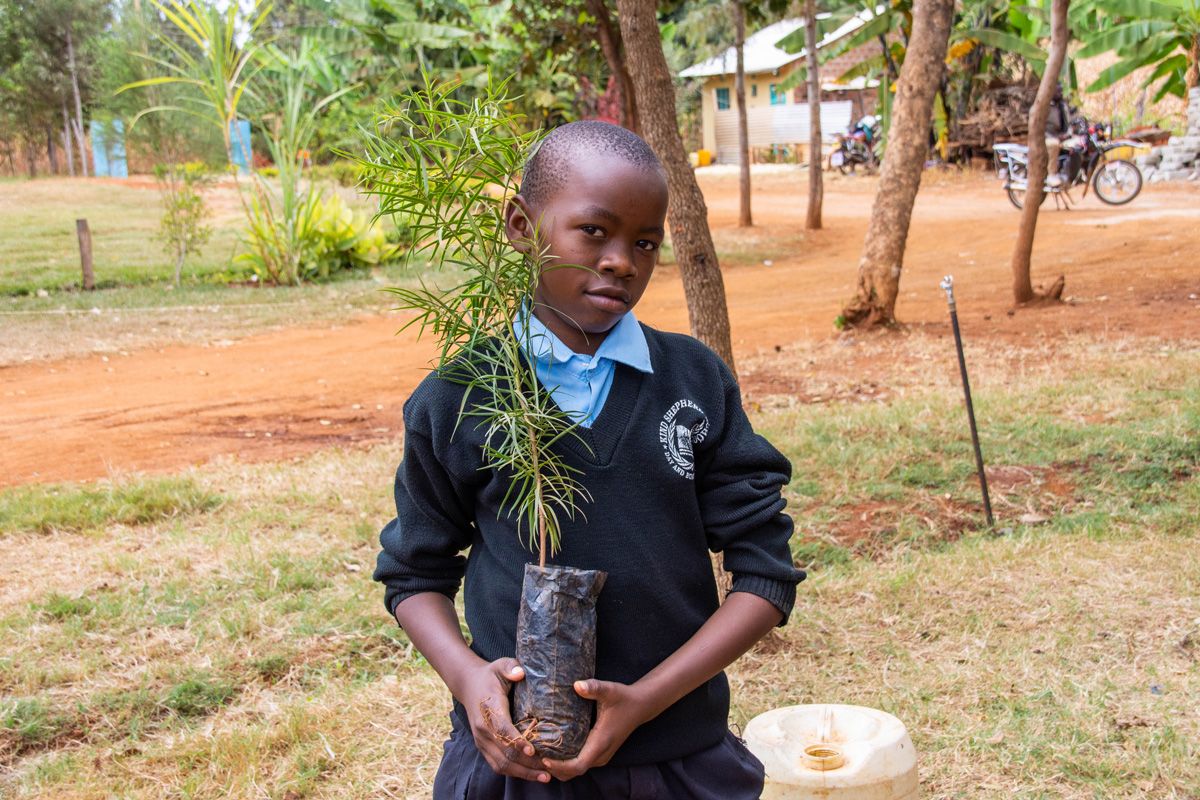
Participating in the reforestation of the Mount Kenya
For our last day, we leave the dusty roads of the Tharaka Nithi county for the tropical forest of Mount Kenya, where the third part of the project is taking place. Victim of an important deforestation between the 60s and the late 90s that stopped its regeneration, the Mount Kenya forest is now part of a reforestation plan. The Trees for Kenya team plants gray oaks, pink cedars and African plums in order to reforest the zone and help the local fauna reinvesting the area: elephants, Syncerus caffers etc. Paulino takes us to one of the third reforestation zones on Mount Kenya, the occasion for us to meet new members of the NGO and to see a new face, young and green, of this emerging forest. Trees for Kenya currently plants 60 000 on the 20 hectares concerned by the projet. The positive effects of reforestation are already visible: we can ear birds sing and see monkeys jump from one branch to another above our heads.
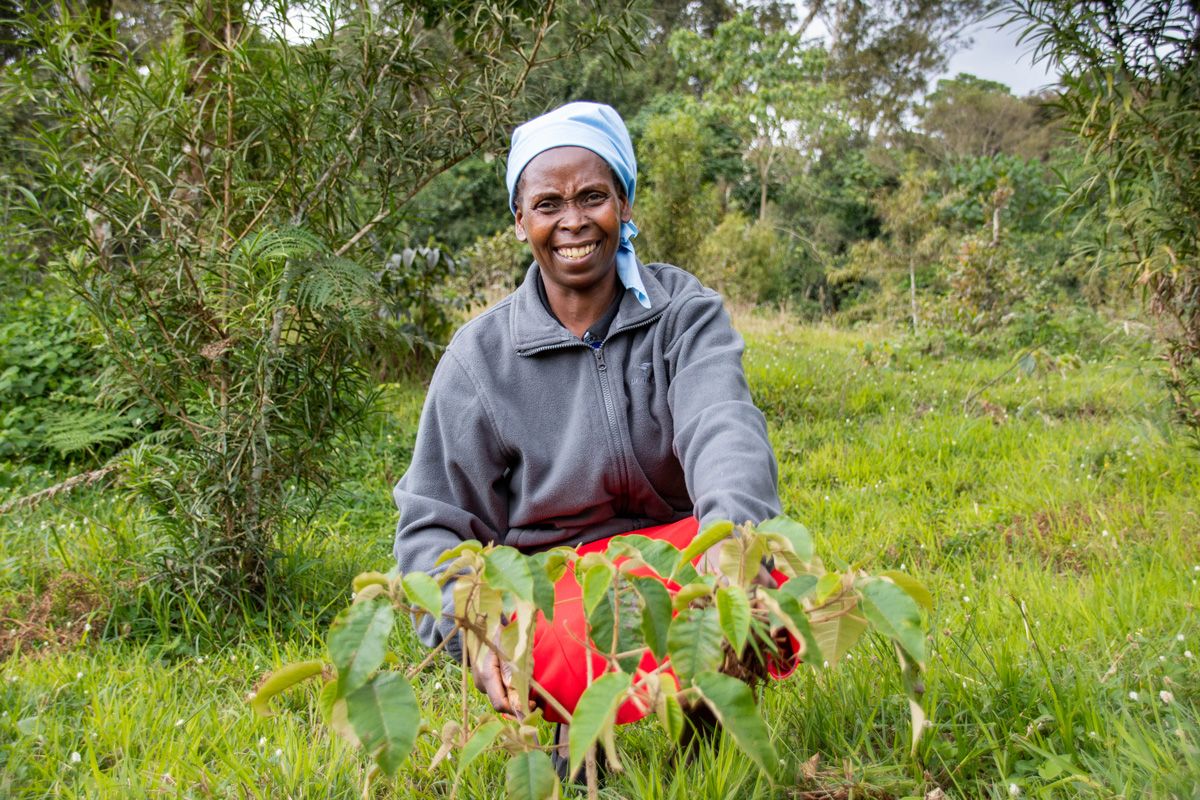
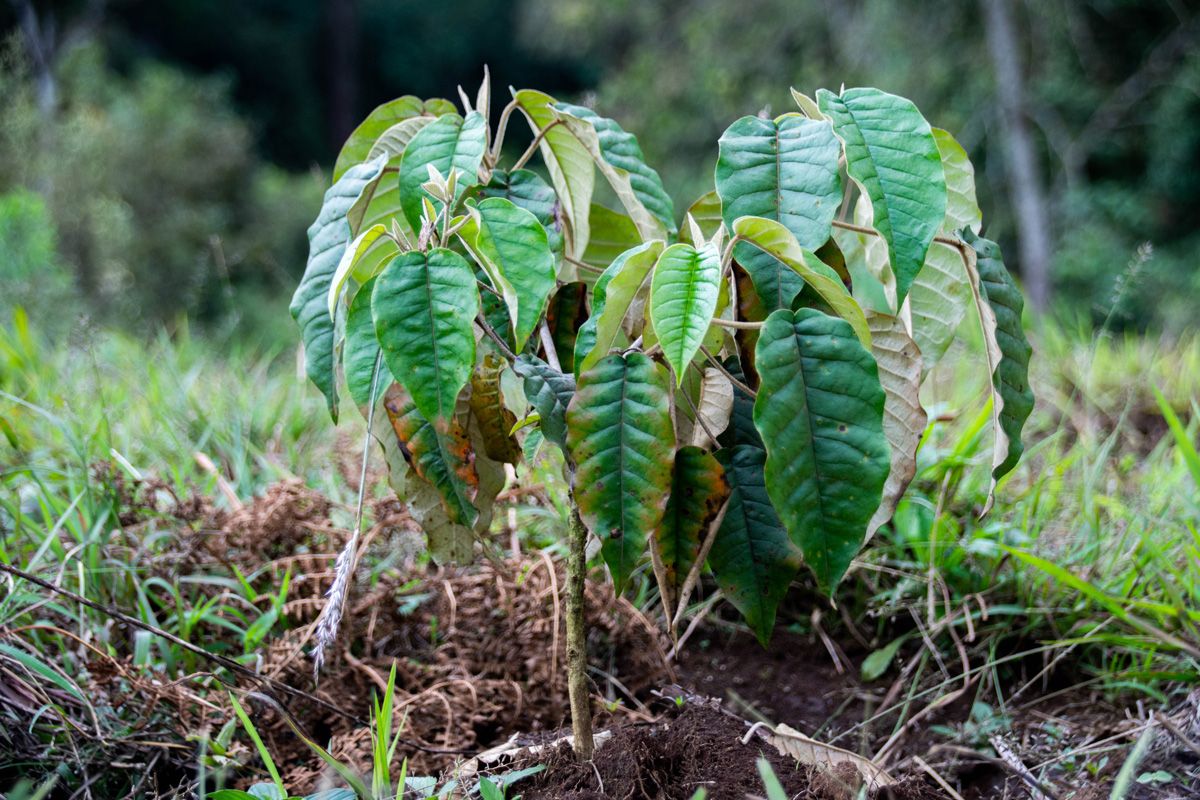
The day concludes with a nursery tour conducted by Nancy, who also works for Trees For Kenya. Located just next to a tea plantation, it gives the villagers who manage it the opportunity to harvest the tea leaves at the same time. They greet us with welcoming songs and show us around this beautiful nursery. The numerous seedlings take different shades of green while the villagers’ colorful skirts perfect the whole picture, that comes to conclude our trip. Here is the end of our journey, surrounded by seedlings that will contribute to the reforestation of the Mount Kenya region.
